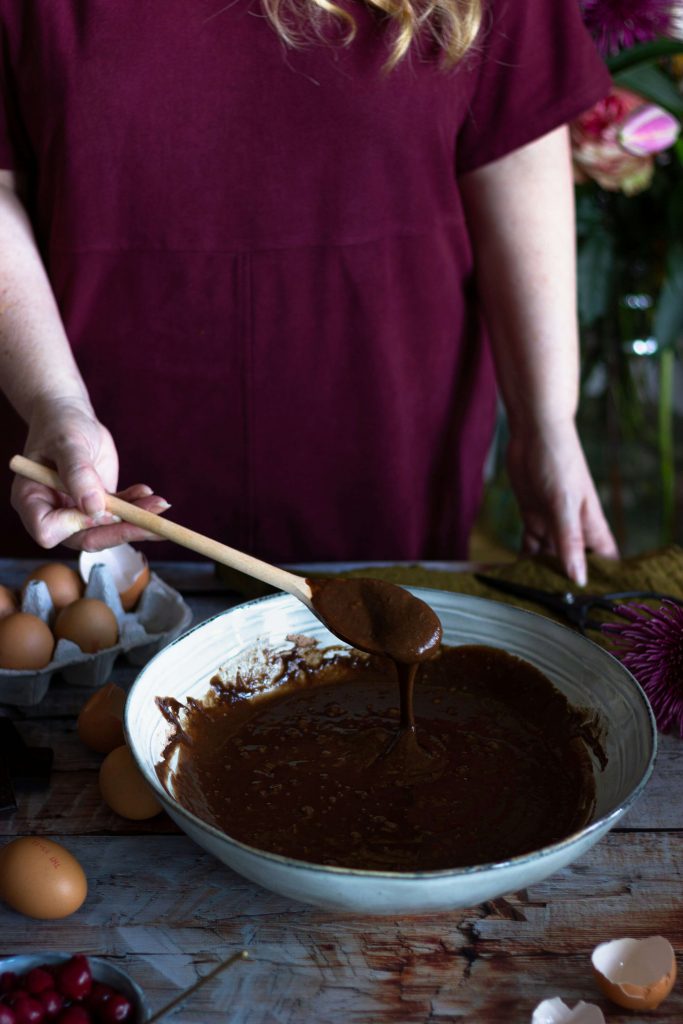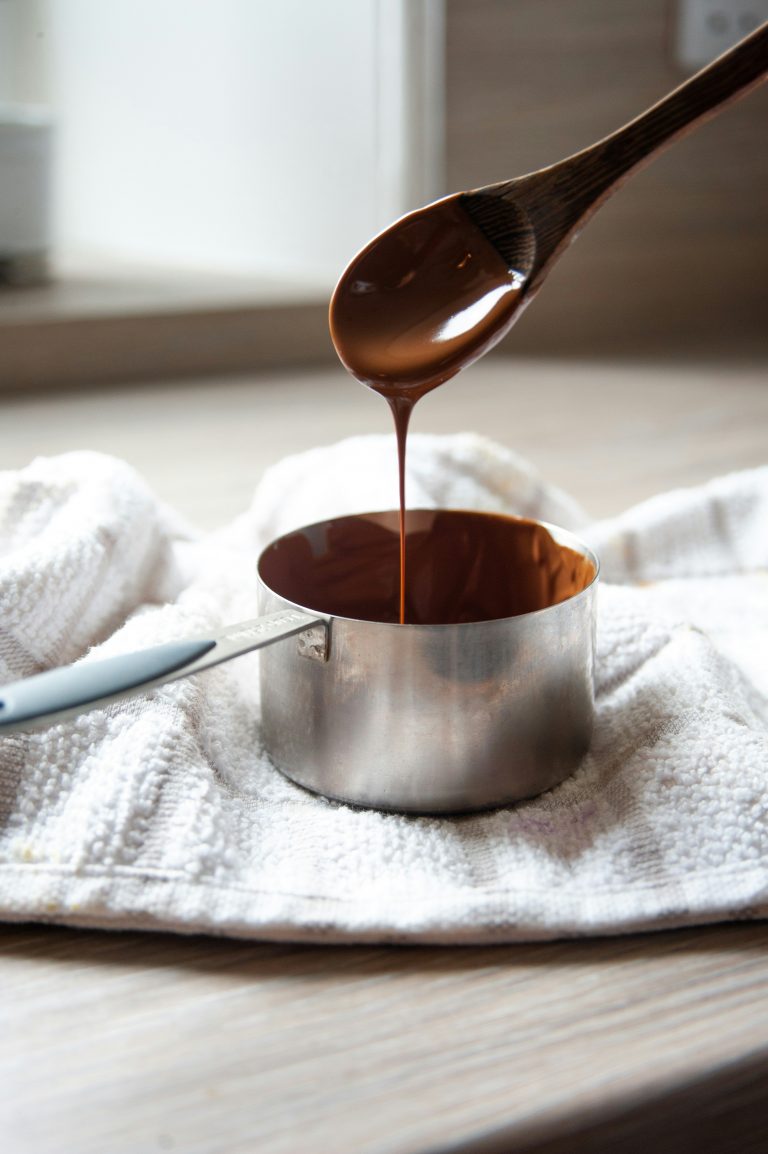There are few things in life that bring the same comfort as chocolate. From a nostalgic slab broken into squares to the glossy drizzle on a celebration cake, chocolate has an undeniable ability to turn an ordinary moment into something special. It’s one of the most loved ingredients in baking, but it’s also one of the trickiest to work with. The difference between a glossy ganache and a grainy mess often comes down to knowing how to handle it.
Baking with chocolate isn’t just about stirring a handful of chips into cookie dough. The type you choose – dark, milk or white – the way you melt it, and even how you store it can completely change your final bake. Think of it as learning the language of chocolate: once you understand how it behaves, you’ll be able to create everything from rich, fudgy brownies to feather-light mousses with confidence.
This guide breaks down the essentials, so whether you’re a casual weekend baker or looking to master something more ambitious, you’ll have the knowledge you need to let chocolate shine.
Read more: Chocolate sauce recipe
Dark, milk or white: What’s the difference?
Not all chocolate is created equal. Dark chocolate is bold and bittersweet, with a high cocoa percentage that makes it ideal for bakes where you want depth and structure – like brownies, flourless cakes or truffles. The higher the cocoa content, the more intense the flavour.
Milk chocolate, on the other hand, is creamier and sweeter. With its softer melt and lighter cocoa notes, it’s wonderful for cookies, mousses and bakes where a more delicate flavour is preferred. Just be careful when melting it—because of its sugar and dairy content, it can scorch easily.
Then there’s white chocolate, often misunderstood but full of potential. Smooth, buttery and sweet, it works beautifully in blondies, glazes, and ganaches. Paired with tart fruit like raspberries, passionfruit or citrus, it becomes a true showstopper.
Mastering the art of tempering
Tempering may sound intimidating, but it’s the secret behind shiny, snappy chocolate. It’s especially important for decorations, dipped fruit and truffles. The idea is simple: gently melt most of your chocolate, stir in the rest to bring down the temperature, and cool it just enough to work with. Done right, it sets beautifully glossy without those dull white streaks (known as blooming).

Common mistakes to avoid
Chocolate is sensitive, and a few small missteps can undo all your hard work.
- The biggest culprit is water: just a drop can cause chocolate to seize, turning it grainy and clumpy. Keep bowls and utensils completely dry and be mindful of steam when melting over hot water.
- Overheating is another trap: chocolate likes to melt gently. High heat can cause it to burn, leaving it bitter and unusable. Always go low and slow and stir often for even melting.
Storing chocolate the right way
Chocolate needs a cool, dark home. Keep it in an airtight container away from sunlight and strong-smelling foods and resist the temptation to pop it in the fridge – it’s prone to absorbing odours and developing that greyish bloom. Treated properly, it will be ready to use whenever the craving strikes.
Chocolate has a way of making even the simplest desserts feel indulgent. A classic brownie, gooey at the centre, will never disappoint. For a touch of elegance, try a molten fondant that oozes as you break into it. Or, for something lighter, a mousse made with good-quality chocolate can be as airy as it is luxurious.
At its core, baking with chocolate is about balance: knowing when to let its richness take centre stage and when to let it play a supporting role. Once you learn how to handle it with care, you’ll find yourself reaching for it again and again – because with chocolate, the possibilities really are endless.
ALSO SEE: Chocolate stout self-saucing pudding with milo ice-cream

